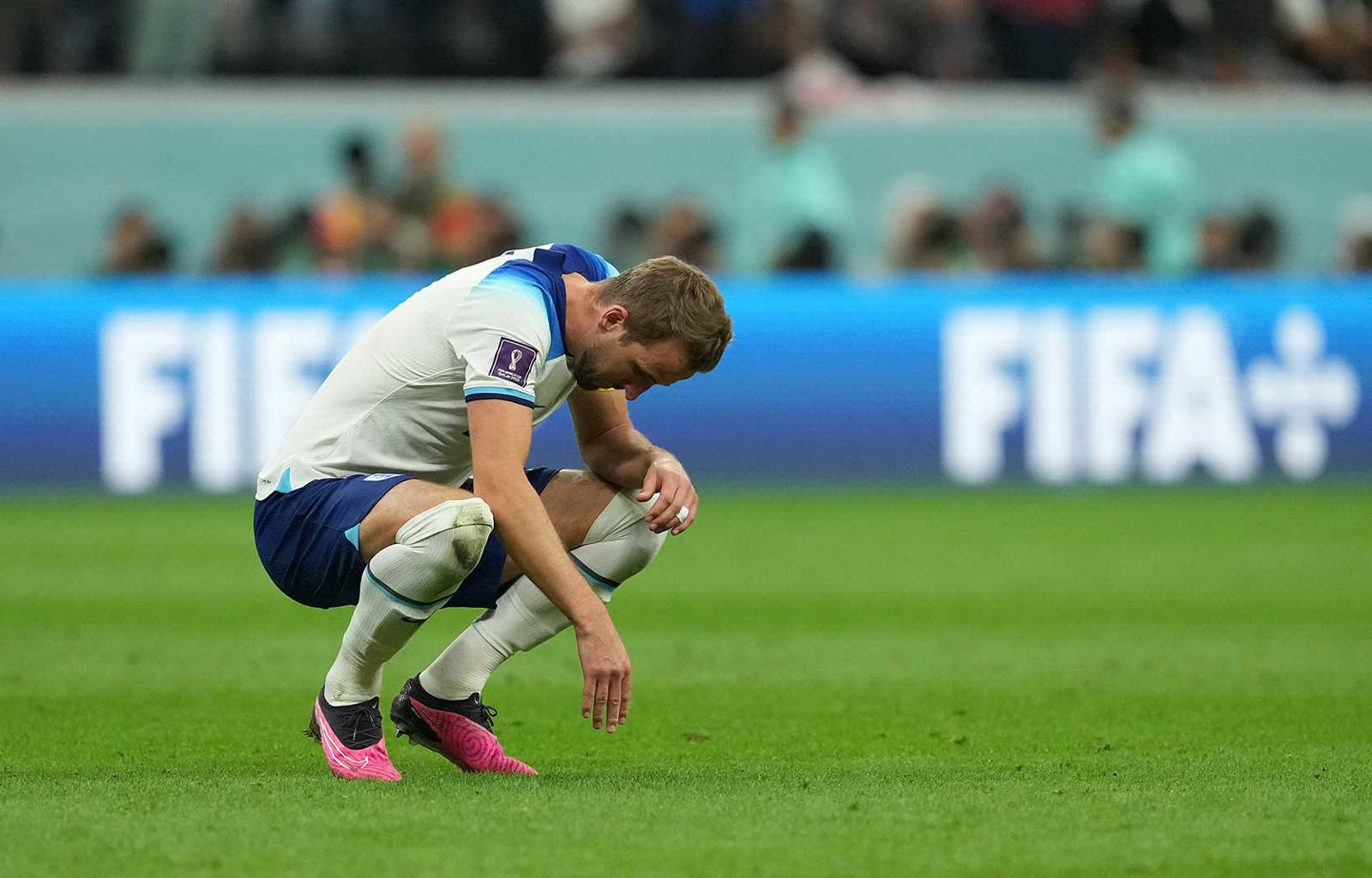
Launched in early 2021, the FIFPRO Player Workload Monitoring platform is a digital tool tracking the workload status of professional football players from around the world.
FIFPRO PWM is a player-centric, match scheduling and workload monitoring, platform developed and operated jointly by FIFPRO and Football Benchmark. It is part of FIFPRO Player IQ Hub, a player-focused knowledge centre that aims to help shape decisions in the football industry to protect and improve the careers and working lives of footballers.
The following terms are used throughout the report to illustrate the workload situation of professional football players, but what do they mean? To help, here is a explainer guide for some of the definitions used when researching the modern demands on professional footballers.
PLAYER WORKLOAD
PLAYER WORKLOAD – This term refers to all applicable workload indicators such as match workload, rest & recovery and travel. The concepts of overload and underload relate to the imbalance between the load induced on players (match workload and travel log indicators) and their recovery (rest & recovery indicator). It is important to note that it is the cumulative exposure to overload or underload which really impacts on a player’s health, performance and career longevity.
Player Workload Monitoring Tool

MATCH WORKLOAD
MINUTES PLAYED AND APPEARANCES – The number of minutes spent on the pitch by a player during a match. Includes added time at the end of the first and second halves as well as any extra time required for competitions (where applicable). If a player played any length of time of a match then it is accounted for as an appearance.
MATCH TYPE – Matches played by a player are divided into various categories: domestic league, domestic cup, international club competition, national team matches and friendlies.
BACK-TO-BACK MATCH – An appearance is considered as a “back-to-back” match if the player did not have at least 5 days of rest and recovery time since their last appearance. It is important to note that the cumulative exposure to back-to-back matches (“critical zone”), together with long-distance travel and shortened off-season and in-season breaks can be detrimental to a player’s health, performance and career longevity.
REST & RECOVERY
REST TIME – The period (in hours and days) between the end of a player’s previous match and the start of their next match. This is generally the time allocated to rest & recovery and training. According to FIFPRO’s ‘At the Limit’ study from 2019, players need at least 120 hours (5 days) between games to perform at their best over a season and to manage injury risk.
OFF-SEASON BREAK – The period given to players between two seasons, without training or matches, in order to recover and regenerate. Off-season breaks are mandatory, should last at least 28 days (combination of physically inactive and active weeks) and must take place outside the club and national team environment.
IN-SEASON BREAK – The period (in calendar days) that a player is permitted to take without matches or training, during a season. In-season breaks are mandatory and should last 14 days. However they are sometimes not honoured, particularly given the demanding requirements of the match calendar.
RE-TRAINING – Following the off-season break / holiday period, a minimum acceptable period of time for re-training and preparation must be guaranteed to all players before participation in future competitive matches. The optimal duration of a re-training period depends on various factors including the physical status of the player and the duration of the break itself. However, it is considered that a re-training period lasting at least 4 weeks is needed to work fundamentally on injury prevention and to optimize future performances.
TRAVEL
TRAVEL DISTANCE – The flight distance in kilometres between the departure and arrival location. Only trips made for national team matches or club matches played abroad are considered for analysis.
TRAVEL TIME – The flight time expressed in minutes between the departure and arrival location. Only trips made for national team matches or club matches played abroad are considered for analysis. For every calculation the speed of an average commercial flight is assumed. 20 minutes are added to account for take-off and landing.
TIME ZONES CROSSED – Many matches are played in time zones different to the one the player usually stays in. This indicator sums up the number of time zones crossed during the trip the player takes to and from the location of such matches. An excessive number of time zone crosses can have an adverse effect on the player’s mental and physical well-being as it often takes a while for the body to get accustomed to another time zone and location.
EXTREME CLIMATE CONDITIONS – Cases in which players need to appear in matches played in different climates within a relatively short period of time. Peak performance is difficult to achieve without allowing enough time for the body to get accustomed to a vastly different climate environments. Cases like this often involve players travelling to another continent or between the northern and southern hemispheres.


